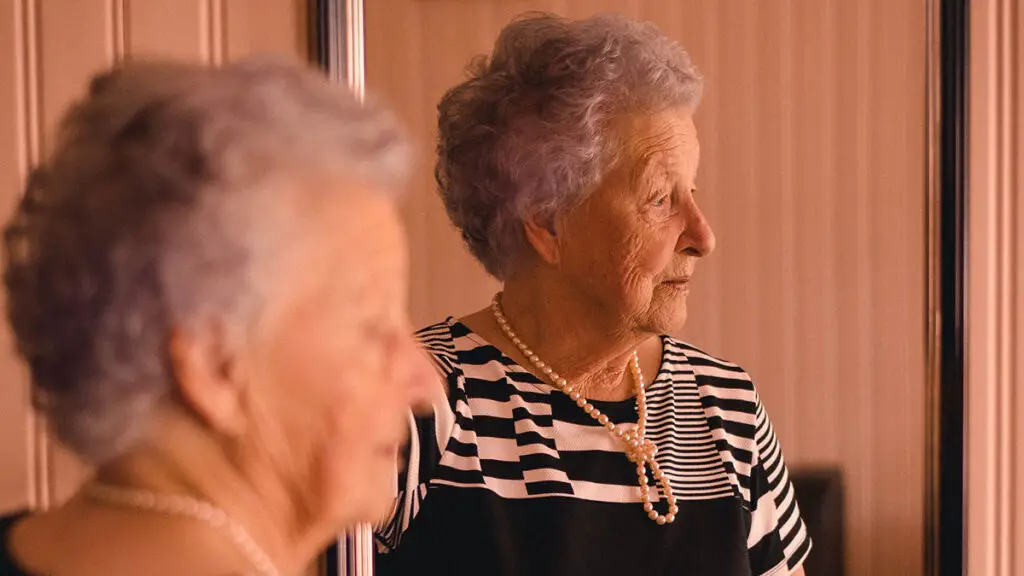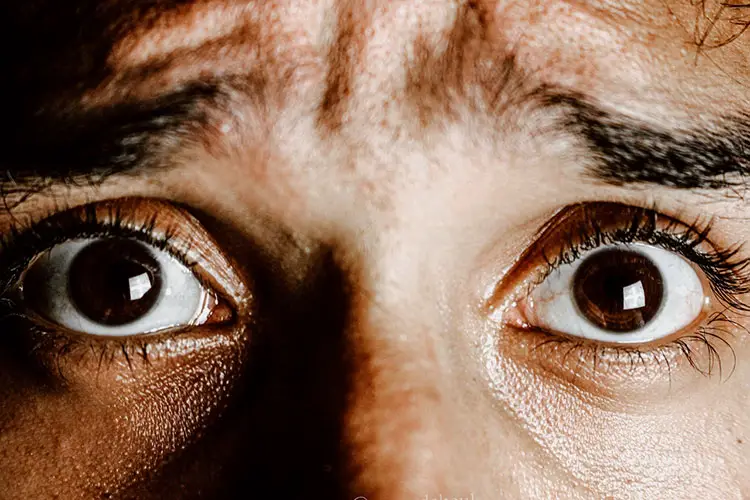Afraid of getting older? Most of us are, but for some it’s a serious fear. What causes gerascophobia? Let’s look into this growing phenomenon.
Our natural reluctance to age manifests itself in many forms. For example, the mythical fountain of youth has been a legend told for thousands of years. The story goes that whoever bathes in its waters will have the aging process reversed. Explorer Juan Ponce de Leon became famous for his efforts to find this magical water.
As we age, our body functions decline. Physical evidence of aging comes in the form of wrinkles, hair loss or graying, and the loss of muscle and skin elasticity causing sagging. Western culture has an obsession with youth and beauty, so there are all sorts of products you can purchase to combat the normal aging process. These include hair dyes, makeup, pills, and plastic surgery to tighten loosening skin. Most people eventually stop fighting and accept their aging condition, albeit with reluctance.
However, a very small percentage of individuals develop a phobia around the aging process. This condition is called gerascophobia and doesn’t just affect seniors. Studies have shown that much younger individuals can develop this rare fear.
What is Gerascophobia?
Gerascophobia is the fear of aging. It something that can impact anyone, even 20-somethings.The term comes from the Greek words “gerasko” (I grow old) and “phobos” (fear). This fear occurs as a response to a trigger, which may be imagined or real. It also may manifest as a result of the emotional displacement of trauma. Gerascophobia has behavioral, physiological, and cognitive aspects. It also has similarities to gerontophobia.
There are few documented cases of gerascophobia. Although many are anxious about the ravages of time, few develop a phobia. In some scientific studies, gerascophobia has been characterized as a “Dorian Gray syndrome.” The Picture of Dorian Gray is a novel written by Oscar Wilde in 1891. The protagonist, Dorian Gray, ceased to age physically after having his portrait painted. Because the results of his behavior were not evident in his physical form, he lost himself in the pursuit of pleasure.
Those diagnosed with Dorian Gray syndrome have extreme pride in their physical appearance (dysmorphophobia), which leads to difficulty accepting the natural aging process. This condition is often evident through cosmetic surgery, body modifications, and especially hair loss replacement treatments.
Sometimes, those that have gerascophobia are afraid of developing a condition associated with aging rather than aging itself. For instance, a man in his 40s might fear developing Alzheimer’s as he looks in the mirror and notices hair loss. The physical decline, in this case, hair loss, that occurs with aging is thus interpreted as evidence of the feared eventuality rather than seen as a natural life progression. Suffers believe that reducing the physical proof of aging will prevent the outcome they are afraid of.
What Causes Gerascophobia?
Specific phobias, like gerascophobia, occur in approximately 4 to 6 percent of the population. When phobias arise, they result from the amygdala, hypothalamus-brain stem, and septum-hippocampus limbic structures reacting to perceived danger exaggeratedly. Sometimes an initial traumatic event can be determined, but mostly, there is no direct association between an event and a phobia development.
In the case of gerascophobia, anxiety about thoughts of being left alone, unable to care for oneself can spark the phobia panic. Other times, the noticeable physical decline of the body or financial difficulties due to aging might bring it on. All of these factors contribute to causes of gerascophobia.
What are the Symptoms of Gerascophobia?
In general, gerascophobia symptoms are hard to pinpoint because they may not be seen as excessive in our achievement-oriented culture. For instance, maintaining a lifestyle or daily routine that is more than a person’s aging body can handle is commonplace, as is associating with much younger people, another common symptom.
Physical symptoms such as panic attacks, dizziness, palpitations, aches, pains, inability to relax, and breathlessness are not confined to gerascophobia. Other symptoms may be continuous thoughts of death or dying, an inability to express oneself clearly, feeling disconnected from reality, or loss of control.
The panic triggered by the phobia is uncontrollable. It may take over a person’s thoughts and lead to avoidance behaviors. A person with this condition may avoid doctors because they fear the doctor will tell them they are aging. Or they may try to prevent the aging process through cosmetic surgery. Eventually, these avoidance strategies will fail to reduce the phobia’s intensity, and other more extreme avoidance measures will be adapted.
Who is Impacted by Gerascophobia?
Gerascophobia can affect people of any age. It is not a condition that is confined to the elderly. Most people have a degree of fear of reduced mobility, loss of independence, and debilitating diseases. However, those with gerascophobia are unable to find any positive effects of aging. What they see and experience as they age reinforces their fear to the point when they can no longer function normally because of the avoidance behaviors they have created.
Those that develop gerascophobia tend to be more anxious than the general population. They may also have health issues such as hormonal imbalances, thyroid malfunction, or adrenal insufficiency. They may have personally experienced or seen the problems that occur with aging. For instance, a person’s parent may have developed Parkinson’s, which triggered the child’s phobia.
How is Gerascophobia Treated?
Phobias generally are treated with a combination of psychotherapy, cognitive behavior therapy or Brain Working Recursive therapy, and medications. The idea is that the person’s behavior and thoughts are connected. Therefore, if the thoughts can be redirected, the person’s behavior (phobia) will change.
Another treatment often used to help those with gerascophobia is clinical hypnotherapy. During a clinical hypnosis session, the patient is coaxed into a relaxed state by the hypnotist. In this more receptive state, the health professional suggests the patient change their thoughts or behavior. Similarly, hypnoanalysis, which combines traditional psychoanalytic therapy with hypnosis, has been shown to be effective in treating phobias.
Conclusion
What causes gerascophobia? I hope you have a better understanding of it now. Are you afraid of growing old? Consider reading How to Grow Old: Ancient Wisdom for the Second Half of Life by Marcus Tullius Cicero.
While we all fear old-age and death to some extent, those who have gerascophobia are unable to complete regular daily activities because of their debilitating fear. As with any phobia, appropriate treatment can reduce the worst effects and allow sufferers to develop a more balanced approach to aging.


